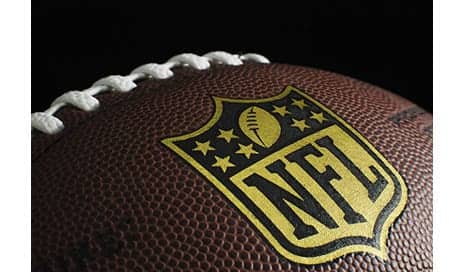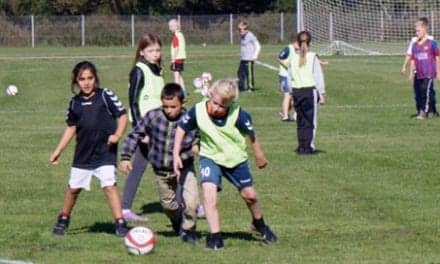According to a database analysis study, National Football League (NFL) players who undergo surgery to fix patellar tendon, ACL, and achilles tendon injuries may experience a worse career trajectory than those who have surgery to fix fractures and sports hernia.
The NFL Orthopaedic Surgery Outcomes Database (NO-SOD), created by researchers at Northwestern Medicine, is a comprehensive injury database that compares return-to-play rates (RTP) and performance-based outcomes in NFL players who had orthopaedic surgery.
According to a recent study analyzing information collected in the database, the researchers suggest that patellar tendon surgery has the greatest effect on their careers, with anterior cruciate ligament repair (ACLR) and Achilles tendon repair running a close second.
The study was published recently in The American Journal of Sports Medicine, according to a media release from Northwestern Memorial HealthCare.
Lead study author Wellington K. Hsu, MD, an orthopaedic surgeon at the Center for Comprehensive Orthopaedic and Spine Care at Northwestern Memorial Hospital, and his team created the NO-SOD using team injury reports and other public records, including newspaper archives, player profiles, and press releases, over a 10-year time period to identify NFL athletes who had orthopaedic surgeries.
They then developed performance-based outcome measures based on preoperative and postoperative statistics including games played, games started, seasons played and performance score. A total of 559 athletes were included in the database, with nearly 80% returning to play after an orthopaedic procedure, the release explains.
Players who had procedures for anterior cruciate ligament (ACL) tears, Achilles tendon tears, patellar tendon tears, cervical disc herniation, lumbar disc herniation, sports hernia, knee articular cartilage repair (microfracture technique), forearm fractures, tibial shaft fractures and ankle fractures were included in the database.
According to the researchers, players who had knee surgeries experienced the most significant decline in performance. Athletes who had surgery to repair the patellar tendon fared the worst with respect to the RTP rate, career length after surgery, games played and performance at 1 year, 2 years, and 3 years after surgery.
Players had a RTP rate of only 50% after patellar tendon repair. After ACLR, players experience significant declines in statistical performance even three seasons after their injury.
Athletes who underwent Achilles tendon repair fared slightly better than those who required knee procedures. While they experienced longer recovery periods and decreases in games played and performance the first season after surgery, these players were able to return to baseline performance two and three seasons after surgery. Procedures for traumatic bony fractures and sports hernia lead to the best postoperative outcomes with RTP rates of more than 90%, the release continues.
“Understanding performance outcomes for common orthopaedic procedures may lead to alterations in training regimens for NFL athletes as well as help guide short- and long-term postoperative expectations for an athlete’s career,” Hsu continues.
[Source(s): Northwestern Memorial HealthCare, Science Daily]





